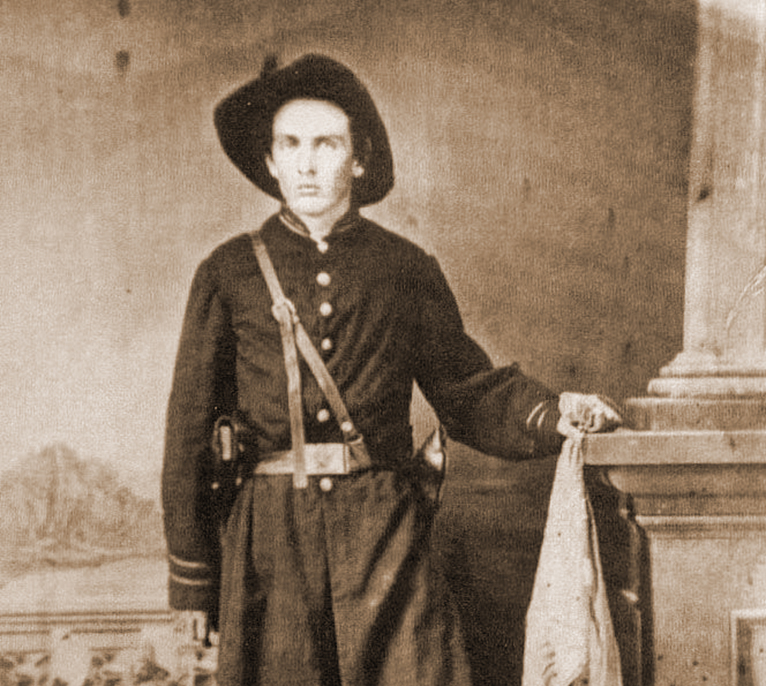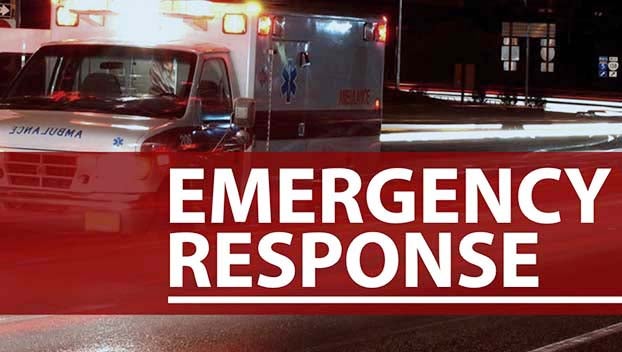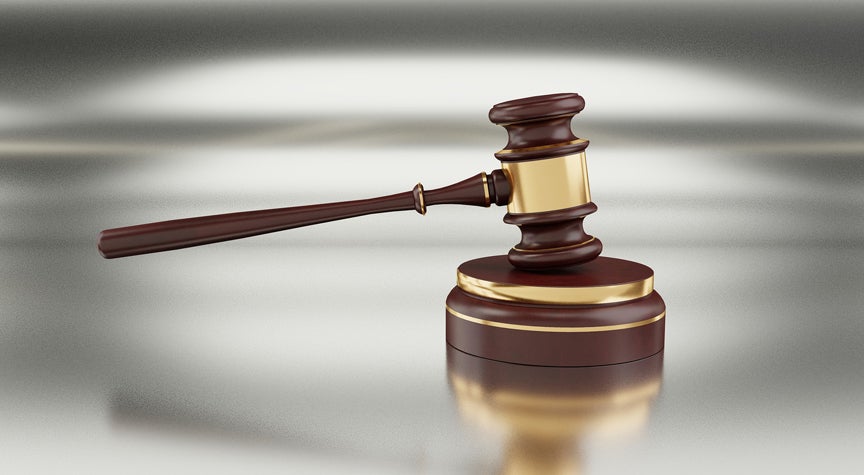A look back at Civil War history in Kentucky — Part I: Guerilla fighter fought his way around Kentucky
Published 11:45 am Monday, November 6, 2023

- Capt. Edwin Terrell played both sides of the front during the Civil War. Photo submitted
|
Getting your Trinity Audio player ready...
|
By Bryan Bush
Contributing Writer
Editor’s note: This is the first in a two-part series.
When Civil War scholars think of guerillas during the Civil War, the names that comes to mind is Confederate guerilla Bill Marion, William Quantrill, “Bloody Bill” Anderson, Jerome Marcellus Clark aka “Sue Mundy” or Sam “One-Armed” Berry. There were also Union guerillas, who were mercenaries paid by the U.S. government to hunt down and kill Confederate guerillas. One of those Union guerillas was Capt. Edwin Terrell.
Edwin Terrell was born in Kentucky in 1845 and was raised by his uncle, Thomas Baker, who lived at Manton, which was a small village near the Lebanon Depot on the Louisville & Nashville Railroad. His uncle sent Edwin to the local school in Manton. His uncle, who was a highly respected member of Marion County, was killed by two of his slaves before the Civil War.
When the Civil War broke out, he joined the Dixie Guards, 1st Kentucky Confederate Infantry Regiment in Daviess County, and later joined the 2nd Kentucky Cavalry, under the command of Confederate Gen. John Hunt Morgan. According a newspaper account, Bragg’s army was camped at Tullahoma, Tennessee after the Battle of Stone’s River. Terrell was attached to army headquarters as a teamster for an ambulance driver. Terrell had difficulty with a staff officer, so the officer transferred Terrell to the 9th Kentucky Infantry, under Col. Thomas Hunt, Confederate Gen. Ben Hardin Helm’s command, which was advancing toward Manchester, Tennessee. Col. Hunt placed Terrell in Capt. Crouch’s company. In April 1863, a detail was made from the brigade to proceed to McMinnville for the purpose of guarding the commissary stores. Terrell was among those detailed to protect the stores. On April 19, 1863, a group of federal cavalry charged into the commissary stores and Terrell along with seven others were captured. According to Terrell he was looking for a “square meal” when he was captured. Terrell under the order of Gen. Bragg was to be shot the next day. Gen. Morgan was there but not to witness the execution. He just happened to be in town with his escort and assisted in holding the Union cavalry in check while the wagon train was moved to a place of safety. Terrell escaped and joined the Union army. According to Union Gen. John Palmer, Terrell killed an officer of his regiment and fled to join the Union army.
Terrell joined the 37th Kentucky Mounted Infantry, under Col. Charles Hanson. According to Terrell’s records he was arrested on Nov. 30, 1863, and sent to prison in January and February 1864 in Bowling Green, but was returned to duty by order of Col.Maxwell, who was the commander of the federal post in Bowling Green. On Aug. 19, 1864, Col. A. S. Strickland, commanding the federal district headquarters in Kentucky, sent a letter to Gen. Edward Hobson, that Capt. Middletown, commander of the 37th Kentucky Mounted Infantry, stated that on several occasions Terrell said to Middletown, that if he allowed him to “have his own way” he could point out many rebels with whom he was well acquainted with when he was in the rebel army. According to eyewitness testimony from Middleton, Pvt. J. Thompson, of the 37th Kentucky, and J. F. F. Jewell, Postmaster Payrolls, of Barren County, Terrell stated that Jewell was in the habit “harboring rebels, giving aid and comfort to them and also assisting them in protecting them from Union soldiers.” Terrell told his officers that he was going to ride out to see Jewell and try and get some information from him. Terrell took Cpl. Francis Brown and Thompson with him. When Terrell arrived at Jewell’s house, he knocked on the door and demanded entry. Jewell asked who they were. Terrell replied that he was Hughes men. Jewell stated that he would allow them inside the house in a few moments, but one of Terrell’s men shouted in a loud voice that he had better pull the rebels out. Jewell refused to let Terrell and his men inside. Terrell asked how many men Jewell had inside his house. Jewell replied that there were six men. Jewell called out the window for someone when Terrell told him to stop his noise or he would “blow his brains out.” Jewell pulled out a pistol and fired at Terrell, with the bullet hitting him in the right side. After Terrell was hit the Union soldiers preceded to set the place on fire to force Jewell and the other men out of the place and capture them. According to Middleton, he was totally unaware of Terrell’s intentions of going after Jewell until the morning after Terrell and his two men had been at Jewell’s place and when he learned of Terrell reporting to him of the incident, he immediately let his superiors know. In March and April 1864, Terrell was released from prison and returned to duty by the order of Col. Maxwell, commanding the post at Bowling Green.
On Dec. 29, 1864, Terrell was mustered out of the Union army. According to varying reports Gen. John Palmer or Gen. Jeremiah Boyle gave Terrell authority to raise a company of federal scouts, raised from Spencer and Shelby counties, called the Shelby County Home Guards. Terrell was made captain. He was given orders to drive out all the guerillas from Kentucky.
Just before the close of the war, Terrell and his men rode into Louisville and at the United States Hotel he deliberately rode his horse into the saloon of the hotel brandishing a pistol and creating a stampede in the bar.
Terrell’s first appearance as a Union guerilla was when he and his men were captured by an independent company under the command of Capt. John Smith, who were known as “Company Q” and indirectly connected with Col. Frank Wolford’s 1st Kentucky Union Cavalry. Terrell and his men were taken to the Springfield jail, where they were kept for several days. On Jan. 8, 1865, Lt. Col. Fairleigh, commanding the post, ordered Capt. Fiddler, in Lebanon, to release Terrell and his men at once since they “were acting under orders from Headquarters.”
According to a newspaper account, Terrell was always under the influence of alcohol. He once boasted of murdering the brother of a girl he was dating because he wanted a pair of boots he wore. According to another story, he rode up to a church in Simpsonville, and forced the congregation out of the church. He formed a large circle and inside of the circle he placed the elderly African-American pastor. He forced the pastor to dance, while the other members of Terrell’s men laughed.
A guerilla named Bill Marion sent Palmer, who was the military district commander of Kentucky, word through the newspapers that he had captured Dr. Montgomery Miller, who was assistant surgeon of an Indiana Regiment and would hang him unless Metcaff or Henry Magruder, who were both in a military prison, were released. On April 11, 1865, Palmer issued an order that “neither Medkiff nor Magruder will be discharged, but will be tried and if found guilty of acts contrary to the rules of civilized warfare will be punished accordingly; and upon reliable information that Dr. Miller has been injured, both will be executed at once.” Palmer notified Daniel Lindsay, adjutant general of Kentucky, that “Captain Terrell is acting under orders from these headquarters, and that he belongs to the police force of this department.” When Palmer received the notice from Marion, he was determined to either kill or capture him. Palmer sent word for Terrell to meet him in Eminence. Palmer traveled by train and found Terrell waiting for him in Eminence. Palmer remarked that Terrell was no better than Marion. From Eminence, Palmer telegraphed the adjutant general of the department, ordering Major Cyrus Wilson to proceed with one company of the 30th Wisconsin to the Bardstown turnpike in order to create a diversion in order to allow Terrell to capture Marion. Palmer also ordered Wilson to help Terrell if he was needed.





